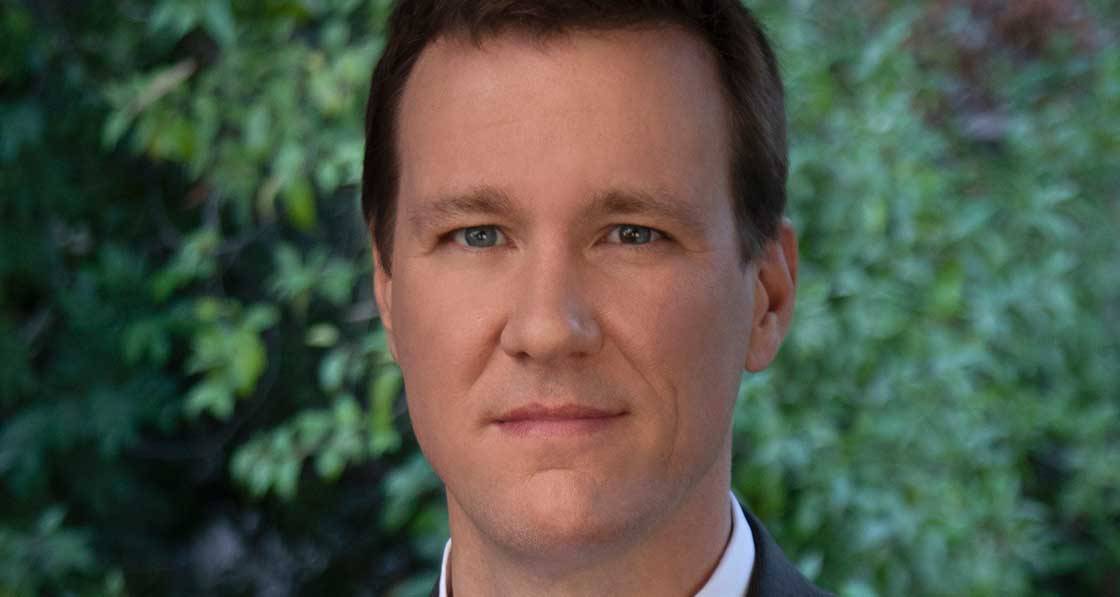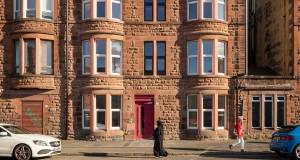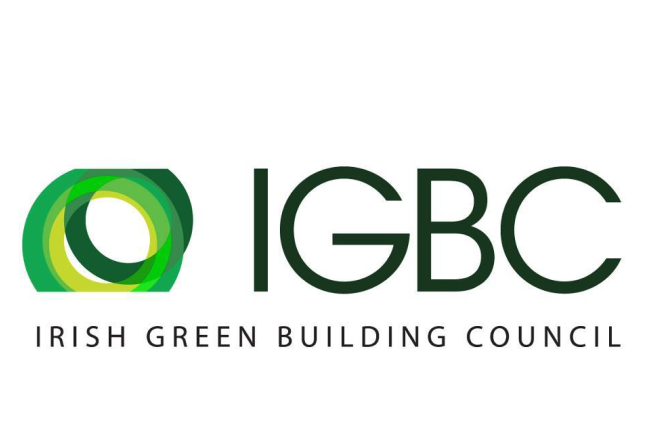
- General
- Posted
#BuildingLife: “Regulation of whole life carbon is key”, says Steve Murphy of Hines
In the #BuildingLife ambassador spotlight series, Passive House Plus is profiling leaders who have endorsed the Irish Green Building Council’s call to address the environmental impacts of buildings across their life-cycle..
This article was originally published in issue 39 of Passive House Plus magazine. Want immediate access to all back issues and exclusive extra content? Click here to subscribe for as little as €10, or click here to receive the next issue free of charge
In our third interview, Steve Murphy, managing director of Conceptual Construction, Hines, tell us more about the campaign and why he is supporting it.
Why did you choose to become a #BuildingLife ambassador?
Steve Murphy: The decarbonisation of the built environment is critical for a list of stakeholders that essentially includes everyone. From present day investors, developers, manufacturers and occupiers to future generations, we all have a stake in this evolving priority. As a member of Hines Conceptual Construction group, I have the unique privilege to help steer early design decisions related to our projects in support of sustainable materials, future operational efficiency, waste reduction and Hines’s global ESG [environmental, social and governance] vision.
What are you hoping to achieve with the #BuildingLife campaign?
SM: The campaign is a great opportunity to drive change in the industry. I’m hoping it will help galvanise our entire sector into action to reach carbon neutrality by 2050. In particular, regulation of whole life carbon is key to support this transition. Development is inherently risky. Investors, developers and design teams are attracted to a transparent set of ‘rules of play’ to compete effectively in any given market. It is challenging for organisations to take actions above and beyond the rules of play, as they typically add cost and could price them out of a deal.
Likewise for refurbishing existing stock. These are typically more difficult to execute, carry more uncertainty and have less desirable characteristics such as low floor to ceiling heights, small shafts, stairwells, etc. As such they are often less attractive versus tearing down and building new, which is carbon intensive. How to make refurbishment and reuse of existing stock a more attractive investment opportunity is key as these can be significantly more carbon friendly.
Can you explain a few ways in which Hines is working towards a sustainable built environment?
SM: Hines has a deep-rooted history in designing and delivering sustainable buildings. We want to create spaces that are healthy and sustainable for everyone to work, live, play and stay. Across our properties, we are also big advocates of truly improving indoor air quality, optimising energy performance, optimising HVAC design, greening spaces and reducing noise and light pollution. In Ireland, a good example of this is our Cherrywood development where, for GRESB 2020 [a global sustainability benchmark for physical assets], we achieved the #1 GRESB ranking for mixed use developments in Europe.
To reduce embodied carbon, we are looking at ways of developing buildings using less concrete and steel. A great example of this is our work in Munich with the Aer building. The wood-hybrid construction method we are using is expected to have a positive impact on the carbon footprint of the building and the wellbeing of its occupants. Moving forward, we will continue to leverage wood and timber frame construction where appropriate. In Ireland, we have joined and fully support the IGBC’s EPD campaign. By requesting environmental product declarations, we are hoping more manufacturers will produce and continue to improve material transparency.
#BuildingLife is a project led in Ireland by the Irish Green Building Council. The initiative aims to achieve the mix of private sector action and public policy necessary to tackle the whole-life impact of buildings. Learn more at www.igbc.ie.







